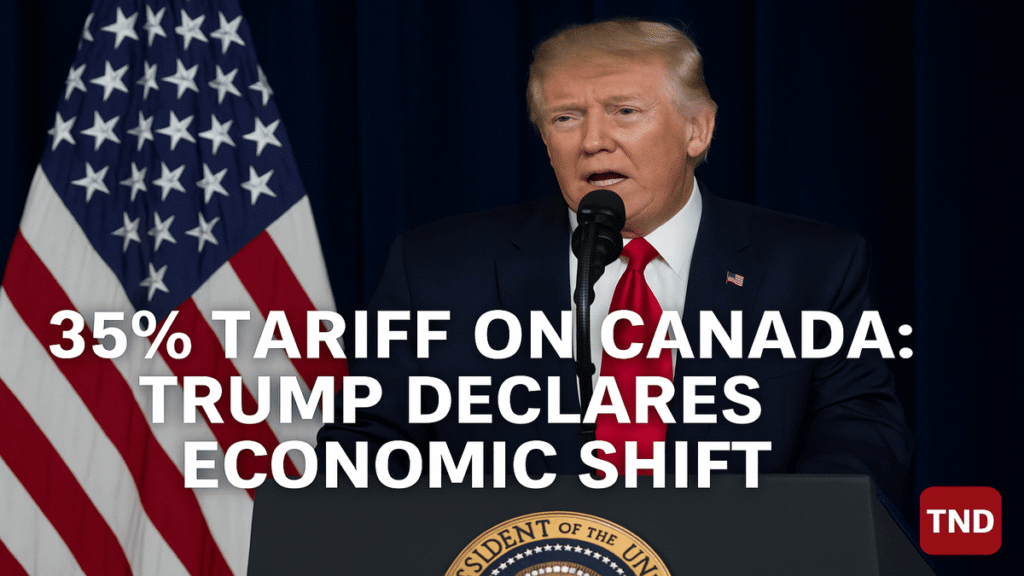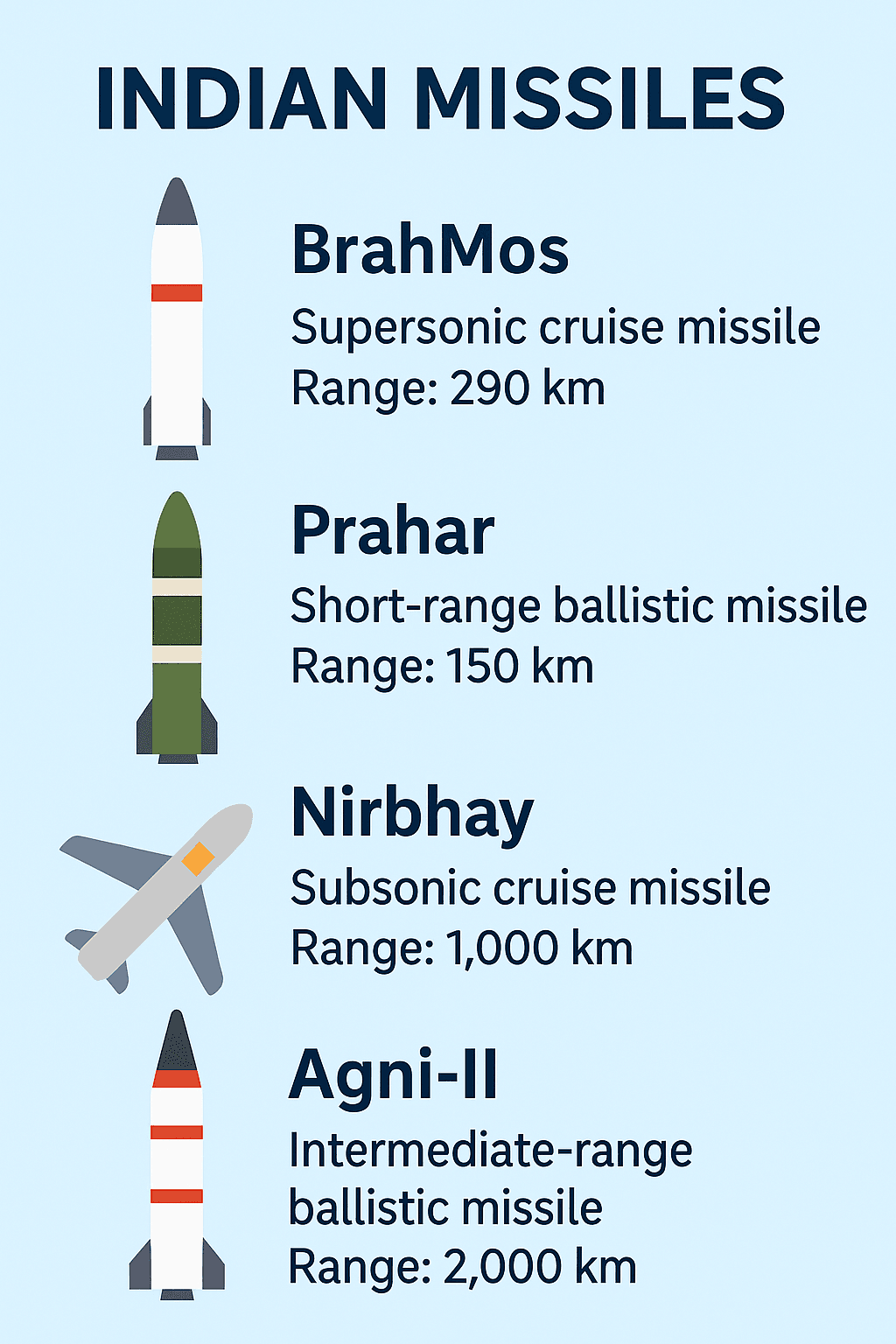
Trump Imposes 35% Tariff on Canada, Eyes Global Blanket Tariffs Amid Rising Trade Tensions.
- What Did Trump Say About the 35% Tariff on Canada?
- Key Highlights of the Announcement
- Why Is Canada Being Targeted?
- Canadian Response: “An Act of Economic War”
- Economic Fallout: Businesses Left in Limbo
- Trade by the Numbers: U.S.–Canada at a Glance
- Global Ripple Effects: Allies on Edge
- Market Reactions of imposing 35% tariff on Canada
- Legal and Constitutional Questions
- Critics and Supporters React
- Is There Room to Negotiate the 35% Tariff on Canada?
- What Happens Next?
Washington, D.C. | July 11, 2025 – In a stunning move that could reshape North American trade, U.S. President Donald Trump announced on Thursday a sweeping new tariff regime, including a 35% tariff on imports from Canada. The policy, set to go into effect on August 1, also paves the way for blanket tariffs ranging from 15% to 20% on most other U.S. trading partners, marking one of the most aggressive trade policy shifts in recent history.
The announcement, made during a press briefing and further elaborated in a personal letter sent to Canadian Prime Minister Mark Carney, drew immediate reactions from world leaders, economists, businesses, and trade unions. Trump justified the 35% tariff on Canada policy as a response to what he called Canada’s “disregard for U.S. sovereignty,” citing fentanyl trafficking, unfair dairy practices, and trade imbalances as core issues.
What Did Trump Say About the 35% Tariff on Canada?
President Trump declared, “Enough is enough. Canada has taken advantage of our generosity for decades. Starting August 1, a 35% tariff on Canadian imports will be imposed. And that’s just the beginning.
”He emphasized that other countries would also face new duties if they do not engage in “fair trade” with the United States. “We’re implementing blanket tariffs of 15% or 20% on all imports from nations that do not have explicit bilateral agreements with us,” Trump added.
Key Highlights of the Announcement
| Item | Detail |
|---|---|
| Tariff Rate (Canada) | 35% on all Canadian imports (up from previous 10–25%) |
| Effective Date | August 1, 2025 |
| Other Partners Affected | Blanket tariffs of 15–20% on unspecified countries |
| Rationale | Fentanyl flows, dairy subsidies, trade imbalance |
| Negotiation Leeway | Tariff can increase or decrease based on Canadian cooperation |
| Legal Mechanism | Executive authority under the Trade Expansion Act and National Security provisions |
Why Is Canada Being Targeted?
Trump’s administration has long criticized Canada’s trade policies, particularly in dairy, lumber, and pharmaceuticals. In this latest move, he claims that Canada is a key transit route for synthetic opioids, notably fentanyl, which has contributed to America’s addiction crisis.
The president’s letter to Prime Minister Carney accused Canada of being “unwilling to effectively police its borders,” stating, “You’ve turned a blind eye to the flood of poison killing our citizens. The 35% tariff on Canada will now face is a direct response.
”Additionally, Trump slammed Canadian subsidies for dairy farmers, saying they “destroy American livelihoods.” U.S. dairy lobbies applauded the announcement.
Canadian Response: “An Act of Economic War”
Prime Minister Mark Carney called the move “an act of economic war” in a late night address from Ottawa.
“Let me be very clear: we will not be bullied. We reject the premise of these accusations. Less than 1% of fentanyl seized in the U.S. comes from Canada. This tariff is not based on fact but on political ambition.”
Canadian Foreign Affairs Minister Mélanie Joly added that Ottawa is preparing retaliatory measures, including potential tariffs on U.S. agricultural goods, energy exports, and technology components.
Economic Fallout: Businesses Left in Limbo
Economists and businesses on both sides of the border expressed alarm. The U.S. Chamber of Commerce, while typically supportive of Trump’s economic nationalism, warned that the 35% tariff on Canada could backfire.
“Canada is our second largest trading partner. A sudden 35% duty could disrupt supply chains, raise consumer prices, and provoke tit for tat retaliation,” said Neil Bradley, Executive VP of Policy.
U.S. automakers, who rely heavily on Canadian parts, signaled they may need to pause or relocate production. Similarly, Canadian retailers warned of price hikes on U.S. goods, from smartphones to cereals.
Trade by the Numbers: U.S.–Canada at a Glance
- $790 billion in annual bilateral trade (2024)
- Canada supplies over 75% of U.S. aluminum imports
- U.S. exports nearly $370 billion worth of goods to Canada
- Over 1.2 million U.S. jobs depend on Canadian trade
With these numbers in play, the 35% tariff Canada will likely affect millions of consumers and workers across both nations.
Global Ripple Effects: Allies on Edge
The announcement didn’t stop at Canada. Trump made it clear that “any country without a specific trade letter or bilateral agreement” will face tariffs between 15% and 20%.
Already, Japan, South Korea, Germany, and India have requested clarification. The European Union has threatened legal action via the World Trade Organization (WTO) if U.S. tariffs are applied unilaterally and in violation of international law.
The move mirrors Trump’s 2018 trade war, but with even more aggressive thresholds and fewer exemptions.
Market Reactions of imposing 35% tariff on Canada
Markets were volatile following the announcement:
- Dow Jones Industrial Average fell 1.8% in after hours trading
- Canadian dollar (CAD) dropped 0.7% against the U.S. dollar
- Oil prices rose slightly on fears of disrupted Canadian exports
- Gold surged, indicating investor anxiety
Wall Street analysts are particularly concerned about retaliatory tariffs on key U.S. exports, including soybeans, beef, and machinery.
Legal and Constitutional Questions
Legal experts are questioning the executive authority behind such sweeping tariff changes. While Trump cites the Trade Expansion Act of 1962 and Section 232 (national security clause), some argue that targeting allies without congressional approval could trigger Supreme Court intervention.
Earlier in 2025, federal courts had challenged parts of Trump’s “Liberation Day” tariff policy, stating it bypassed constitutional checks.
Critics and Supporters React
Supporters:
- America First Trade Coalition: “Long overdue. Canada has gamed the system for years.”
- U.S. Steel Union: “Protects our jobs and our sovereignty.”
- Ohio Farmers Alliance: “Dairy sector finally sees some justice.”
Critics:
- Economists: “Tariffs act as hidden taxes on American consumers.”
- Small Business Groups: “We import components from Canada. This is a disaster.”
- Senator Bernie Sanders: “This move harms working class Americans and global trust.”
Is There Room to Negotiate the 35% Tariff on Canada?
Trump hinted at flexibility, stating the 35% tariff Canada could be reduced or lifted entirely if Canada shows “good faith efforts” to address U.S. concerns.
“We can reduce this to 25%, even 20%, if Canada stops being a pipeline for Chinese fentanyl and respects U.S. dairy and timber interests.”
Sources inside the U.S. Trade Representative (USTR) office said backchannel talks with Canadian officials are already underway, possibly mediated by Mexico under the USMCA framework.
What Happens Next?
- July 15: Scheduled emergency G7 trade meeting.
- July 18: Canadian Parliament to vote on counter tariff package.
- August 1: 35% tariff on Canada goes into effect.
- August 15: WTO hearing scheduled on tariff legality.
Stay Connected with The News Drill for more updates. Stay informed. Stay updated. Stay Ahead.
For ongoing coverage of this evolving story, visit www.thenewsdrill.com
Have insights or tips? Reach us: Email us: contact@thenewsdrill.com
Submit tips: editor@thenewsdrill.com
Social media: Find all real time developments on X.com/TheNewsDrill















